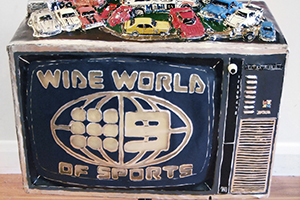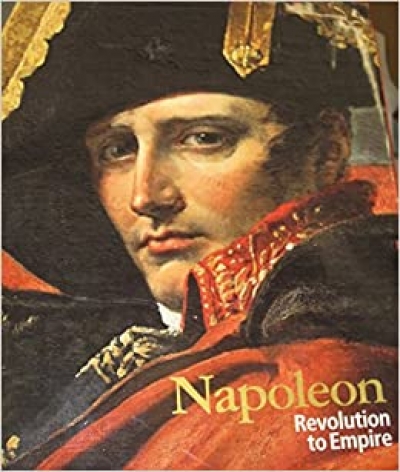National Gallery of Victoria
The pleasures of looking at pictures from a young age inspired Albert Ullin. At the opening of this exhibition to mark his donation of eighty works by Australian children’s book illustrators to National Gallery of Victoria, he expressed the hope that they would be recognised as mainstream art.
Masterpieces from the Hermitage: the Legacy of Catherine the Great (NGV International)
Eight galleries of NGV International have been radically reshaped to host Masterpieces from the Hermitage, invoking the world of unbounded opulence of Russia’s Catherine the Great (1729–96). The installation, designed by the NGV’s Ingrid Ruhle, is dazzling, mimicking as it does the grand style of the State Hermitage Museum and incorporating some ...
Andrew Nette reviews 'Transmission: Legacies of the Television Age' (NGV)
Monet’s Garden: The Musée Marmottan Monet, Paris edited by Marianne Mathieu et al.
Art Journal of the National Gallery of Victoria, 50th Edition edited by Isobel Crombie and Judith Ryan
Vienna: Art and Design: Klimt, Schiele, Hoffmann, Loos by Christian Witt-Dörring et al.
Twenty years ago, when I was at the Wadsworth Atheneum in Hartford, I heard of an Arthur Boyd exhibition in SoHo. Recklessly, without seeing the show, I urged my American friends to see one of Australia’s foremost contemporary painters. The gallery, unknown to me, turned out to be small and unimpressive. There were five or six late paintings, including one of those large, multi-figured bathers, with that disconcerting quality of Boyd at the end of his career, both slapdash and commercial at the same moment. ‘So this is what contemporary Australian painting looks like?’ my companion asked ironically, just within the bounds of good manners.
... (read more)






